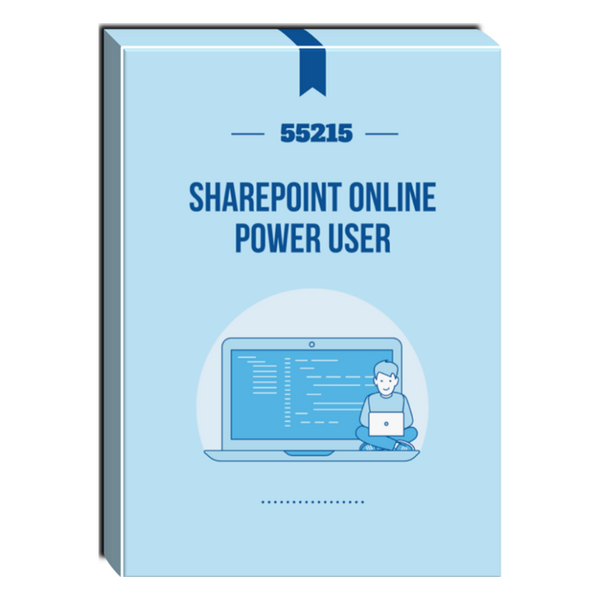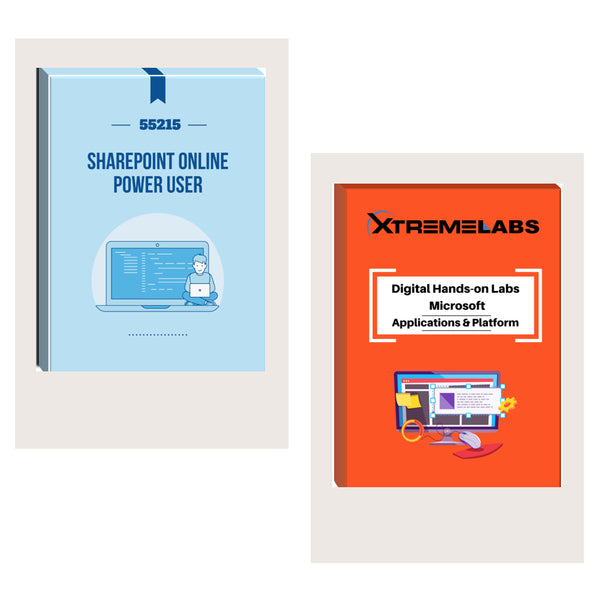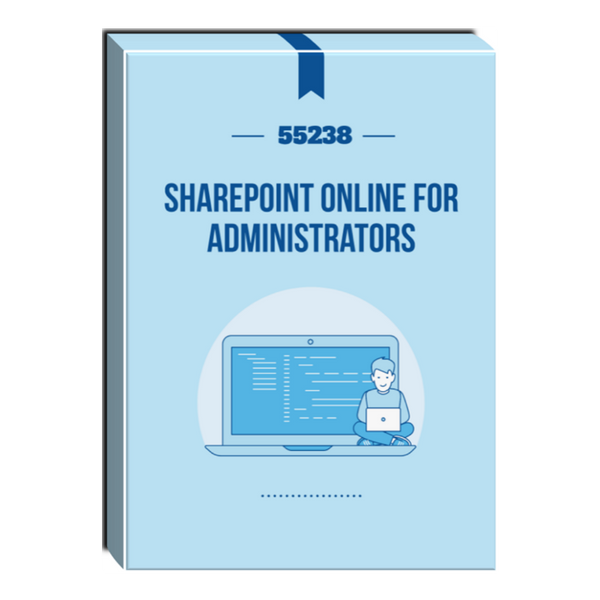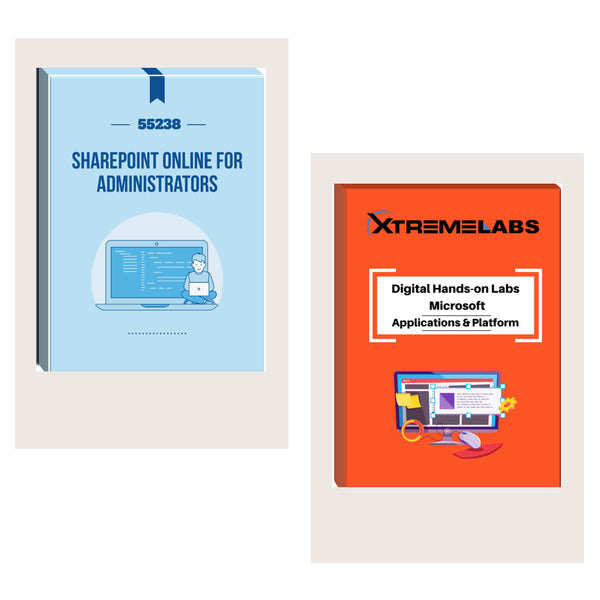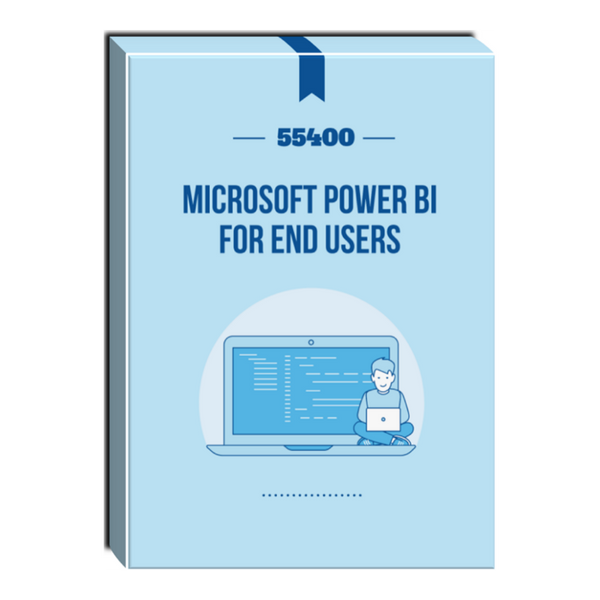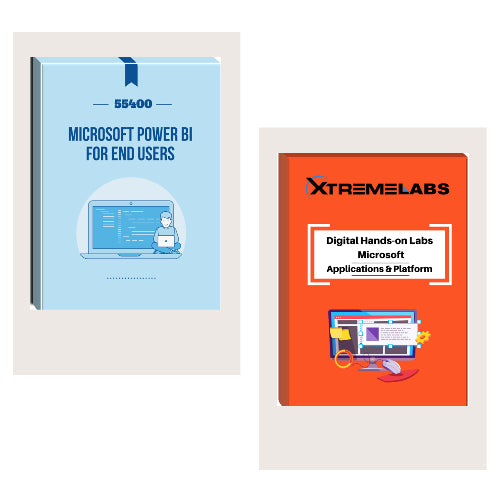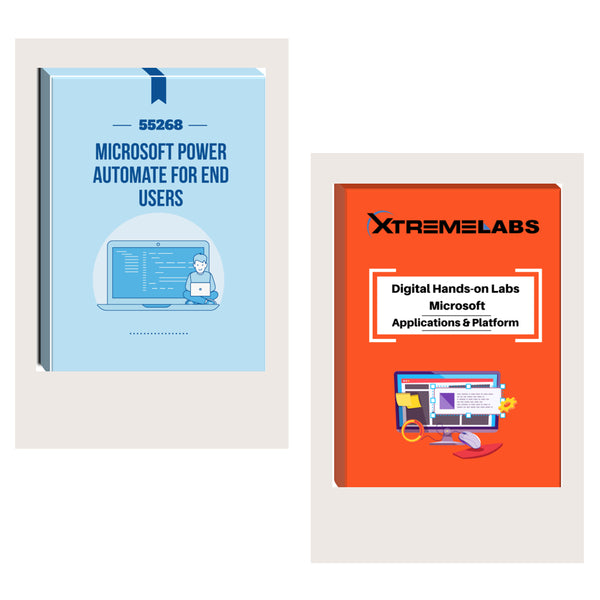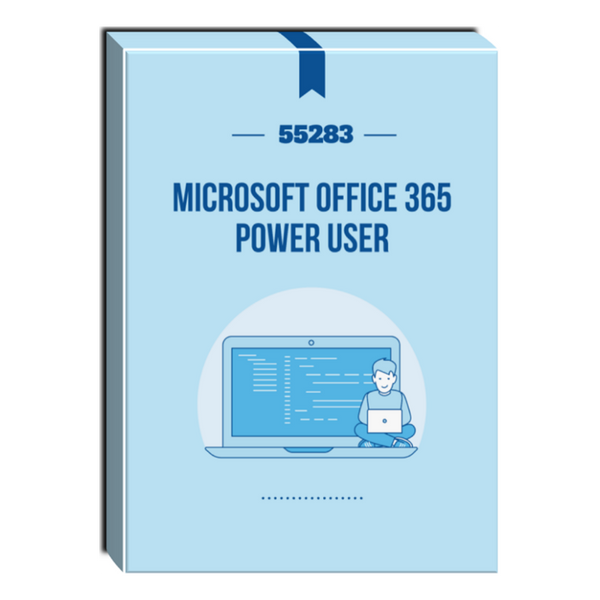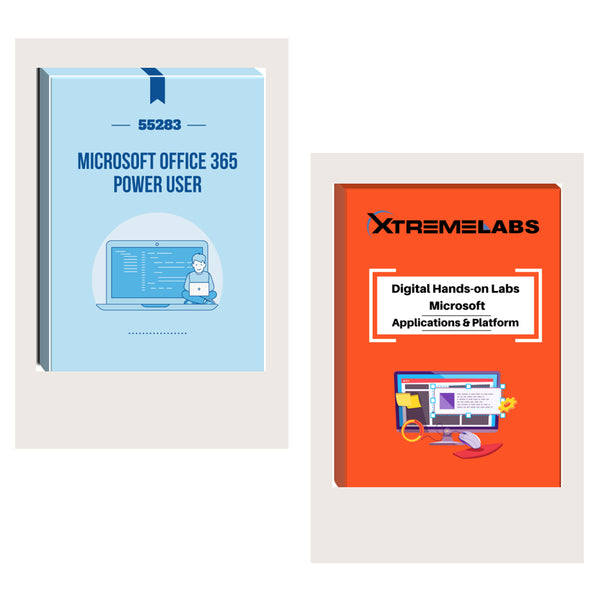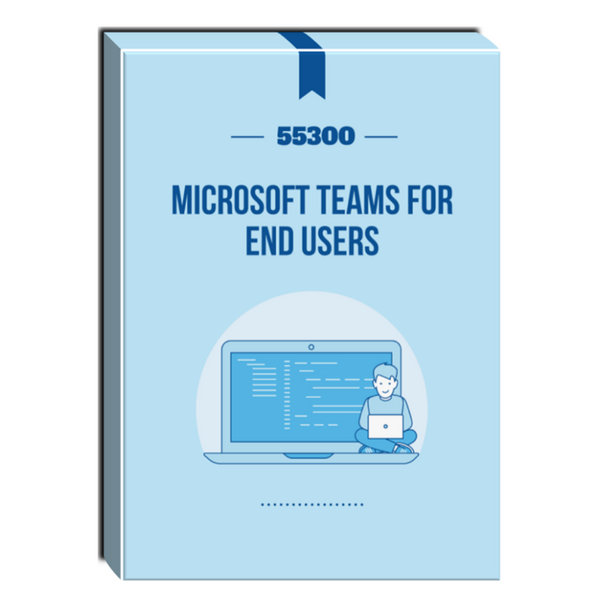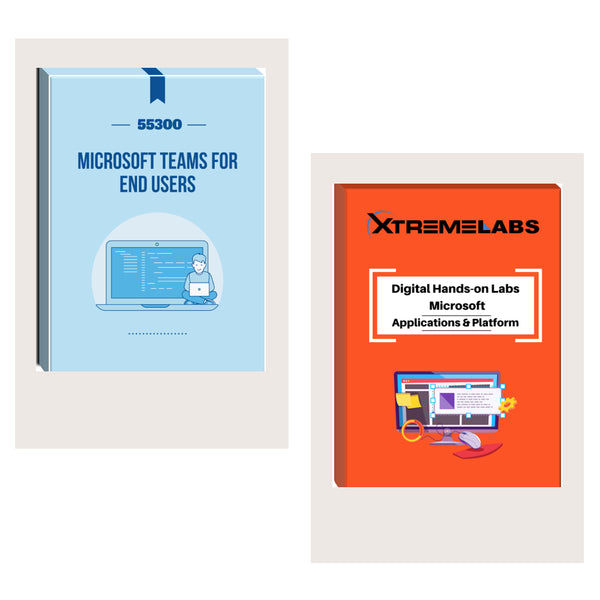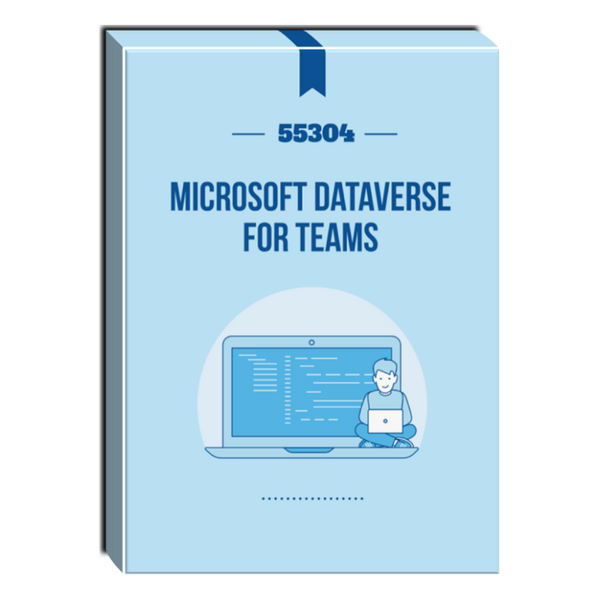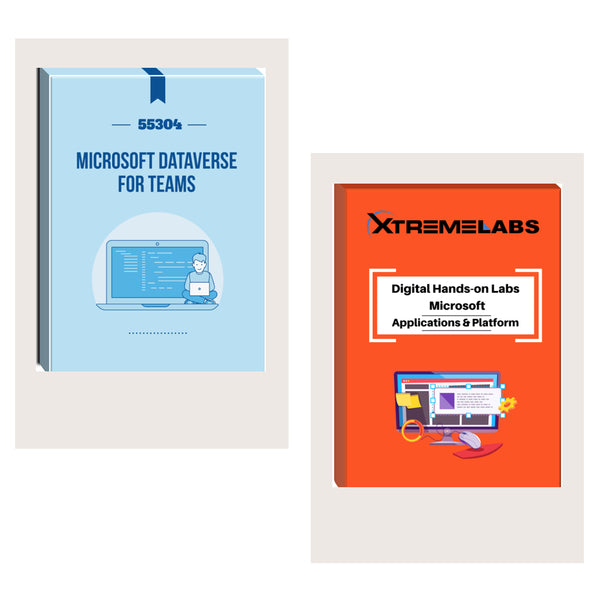Tags: Courseware , Lists , microsoft lists , microsoft lists support , microsoft lists training , microsoft to do app
55302: Microsoft Lists for End Users Courseware
- Brand: Combined Knowledge
- Availability: In Stock
$56.85
This course delivers an instructor-led breakdown of Microsoft Lists. Students will be taught how to empower their data and become organized with a rich range of customizable table types. We will take users through a selection of well-crafted lessons to help design modern ways of working with data for their...
This course delivers an instructor-led breakdown of Microsoft Lists. Students will be taught how to empower their data and become organized with a rich range of customizable table types. We will take users through a selection of well-crafted lessons to help design modern ways of working with data for their business that will include blending your list with other Office 365 services.
Audience Profile
This class can benefit a wide range of users that are looking at modern ways of working with data. This may be tracking assets, tasks, events and more in an engaging way that keeps people aware of evolving business narrative.
At Course Completion
- Understand where to set up a list and its availability.
- Implement a range of templates.
- Design visual characteristics.
- Manage your favorite lists.
- Configure list settings.
- Customize existing columns.
- Add new columns.
- Design calculated columns.
- Use lookup columns.
- Add managed metadata.
- Format your columns.
- Design new views.
- Format existing views.
- Remove components of a list.
- Use lists on mobile devices.
- Design custom forms
- Integrate lists with business processes.
Course Details
Course Duration: 1 Day
Module 1: An Introduction to Microsoft Lists
Let’s get started with an introduction to Microsoft Lists. In this module you will learn more about the origins of the Microsoft Lists product and where it fits in Office 365. You will discover the business benefits of this tool and how it can be integrated into other Office 365 services. Lists is an incredibly versatile tool and can form the backbone of many customized business services when combined with the power platform and other apps.
Lessons
- What is Microsoft Lists?
- How can lists help me in my role?
- How does lists benefit other Office 365 services?
- Introducing Microsoft SharePoint
- How does Microsoft Lists fit into SharePoint?
- Types of lists
- An overview of columns and views
- An overview of list settings
Lab 1: Setting up a new Team
- Download our training files
- Create a new Microsoft Team
- Understand when and where to use a list
- Describe how columns and views make up a list
- Explain how lists can benefit other Office 365 services
- Set up a SharePoint site or Team for collaborative lists
Module 2: Getting Started with Microsoft Lists
To begin our journey through the Microsoft Lists product, we will begin by looking at some of the templates that are available to view and edit. Microsoft’s templates are a good starting point for discovering what the product is capable off and how that can be achieved. We will also take the chance to have a tour of alist and where we can customize the list so that students are familiar with the interface that they will be using over the one-day course. We will also build our first list from an Excel file, showing students how to upgrade their existing data sources into a new list. We will also discuss how to configure your list settings and how to introduce new types of columns and views.
Lessons
- Navigating to Microsoft Lists
- Creating a new list
- My lists vs SharePoint lists
- Creating a new list
- Creating a new list from an Excel file
- Customizing list settings
- Adding columns
- Managing and removing columns
- Creating views
- Managing and removing views
- Adding data to a list
- Editing single or multiple records
- Version history
- Delete and restore records
- Delete and restore lists
- Embed your lists into other Office 365 services
Lab 1: Getting Started
- Create a new list from a template
- Add new columns
- Customize your default view
- Add a new view
- Add records to your list
- Recover from a mistake
- Delete and recover a record
- Embed a list in a Team
- Build a useful list using templates in minutes
- Make simple changes to existing list
- Know how columns and views are used in Microsoft Lists
- Be able to add new records to a list
- Restore a previous version of a records
- Remove lists, columns and views
Module 3: Advanced columns and formatting
In our next module we will be looking at more advanced logic within Microsoft Lists. This will include a range of advanced columns that are derived by SharePoint that will greatly benefit your end users experience when using your list. This is a low-code/no-code module so only simple formulas will be leveraged to bring calculations to your columns. We will also explore formatting which helps you control the look and feel of your list based on the data within it. We will earn about how to use design mode to implement these changes and how more advanced users can leverage advanced mode to apply JSON code to a column or view.
Lessons
- Advanced column types
- Managed metadata
- Calculated columns
- Using lookup columns
- Geolocation columns
- Implementing formatting
- Using design mode for columns
- Using design mode for views
- How to use advanced mode
Lab 1: Add advanced columns and apply formatting
- Create a new list from an Excel file
- Add advanced column types to the list
- Format your columns and views
- Add a range of advanced column types to your list
- Understand the managed metadata service and its benefits
- Use formatting to customize list columns and views
- Understand where JSON code can be used to format a list
Module 4: Customize your data entry form
The gateway to adding data to your list is its form. If you would like to customize this form there are a couple of ways to do this. You may choose to simply reorder or remove fields and this can be done directly from the form. For more advanced scenarios like branding a form or adding additional logic, you will need to use Power Apps. Power Apps works hand in hand with lists, offering a range of ways to improve your end user form experience. In this module we will show you how to make quick changed to your form directly in Microsoft Lists and how to enhance a form even further with Power Apps. We will also discuss how Power Apps can turn your list into a new mobile app.
Lessons
- Customizing a list form
- Introducing Power Apps
- Editing a form in Power Apps
- Adding images
- Changing colors
- How to manage input visibility
- Using conditional formatting
- Adding screens
- Building a navigation
- Publishing your updates
- Reverting back to the default form
- Turning your list into a mobile app
Lab 1: Customize your form
- Remove unwanted fields from your form
- Open your form using Power Apps
- Apply a business logo to the form
- Hide a control based on another control
- Highlight a field as red if empty
- Publish and test your form
- Understand when to make changes to a form in Microsoft Lists and when to use Power Apps
- Be aware of what Power Apps can deliver to both your list form and to your list as a whole
- Be able to make customizations to a list form using Power Apps
- Turn a list into a custom mobile app in minutes
Module 5: Trigger business processes
In our last module we will explore using our lists to trigger common business processes. These could range from a simple notification to pop up in a Microsoft Teams chat to an approval request sent to a users mailbox. The benefit of our lists is that it contains a wealth of information that can be leveraged in an automated business process. Using Microsoft Power Automate, directly from your list, we can begin to explore how we can use helpful templates to quickly implement common business processes based around events in our list, for example submitting a new record.
Lessons
- What is Power Automate?
- How do flows start in a list
- How to add design-free workflows to a list
- How to add flow templates to a list
- Working with actions in a flow
- Save and test a flow
- Turn off or delete a flow
Lab 1: Design an approval process
- Create a new flow based on an existing template
- Customize the flow to combine Teams with an approval process
- Save and test your flow
- Understand how to trigger processes from your list using Power Automate
- Feel comfortable adding, editing and removing actions in a flow
- Know how to manage a flow associated with a list
Prerequisites
- No previous experience of Microsoft Lists is required




